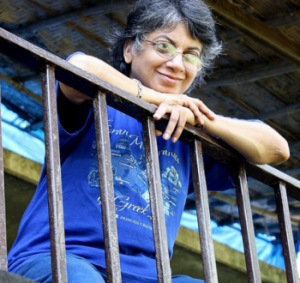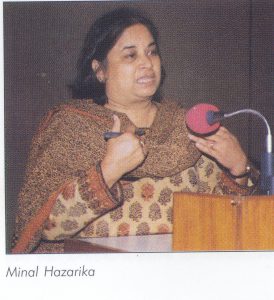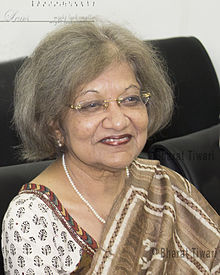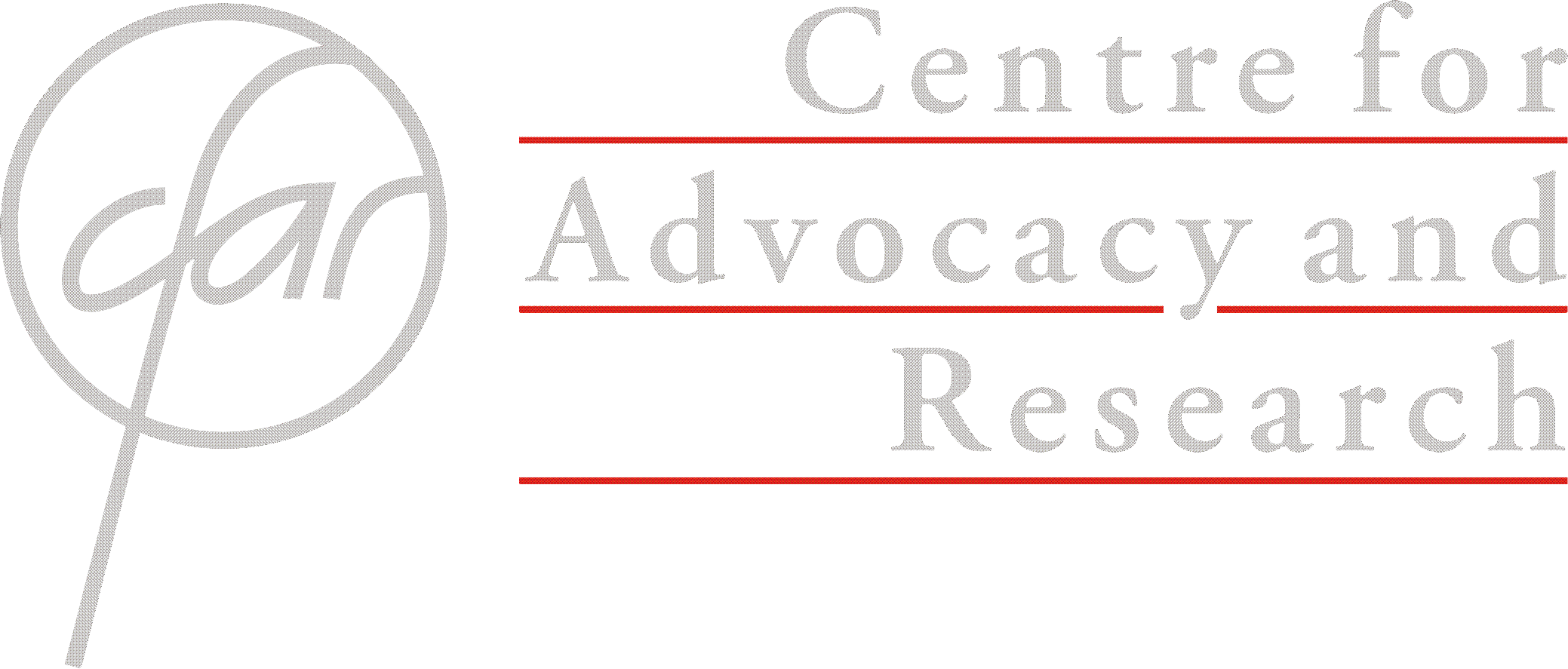The Centre for Advocacy and Research (CFAR) is a non-profit organization, founded in January 1998 is committed to advancing the welfare of the poor and improving the quality of life of vulnerable and marginalized groups.
- Welcome to CFAR
Interviews
Interviews
Coinciding with the advent of cable and satellite television in India, CFAR’s advocacy and in-depth media research played a major role in determining and underpinning the way in which television was influencing attitudes and shaping opinions. CFAR’s team of dedicated foot soldiers monitored hundreds of hours of television programming, interacted with television audiencesand provided platforms to debate and discuss their concerns regarding television programming with producers and policy makers.
One of the most important group in CFAR’s advocacy exercise was the Viewers’ Forum.

Ms. Sujata Goenka, a special educator and an active participant from the People living with disabilities (a sub-group of the forum), remembers
“The experience was an eye-opener. It taught me how to look at television, to understand hidden messaging and television’s subliminal influence on one’s perception of self and the world. For the first time it struck me how advertisements were always harping on the desire for the ‘perfect body’ and I now realized the impact it creates on people living with disabilities. The work helped me interact with many people and look at how they felt and responded to serials and news on television. It also directed our attention to how the disabled were portrayed in the media and how much space was given to them”.

Ms.Minal Hazarika, an engineer by profession, was part of the research team of CFAR in its formative years. Her untimely death in … was a great loss to the organization. Her husband, Sanjoy Hazarika, recalls the time she was associated with CFAR:
“She was so passionately involved with the work, spending hours in front of the television, taking notes. It wasn’t like any other job, she did not really care what the remuneration was, she just believed in its purpose. The second aspect of the work involved engagement with the civil society. This required her to go to the bastis where she would talk to the women and understand their views on the various issues that CFAR needed to look at vis-à-vis television. The third was the media outreach – a means of feedback for broadcasters on how television affected common people. CFAR did, at the time produce detailed, robust material hoping to influence and sensitize policy makers and broadcasters”.

Dr Anita Ghai, now a professor at the Ambedkar University. Dr. Ghai remembers:
“Gender and disability – their representation in the media, their presence or absence — were a couple of our primary areas of concern. One of the methods to understand this was to interact with people directly. So we went to people’s homes in the resettlement colonies – the bastis. In the process, our horizons expanded. The interaction led to some idea of the problems and troubles the women in these low income families faced on a daily basis. We were able to intervene and help out in different ways. Spaces were created wherein we could speak to them about health and other vital issues that were important to their lives”.

Ms. Mridula Garg who ran a website called Indian Women, an online women’s magazine was another fellow traveler during CFAR’s early years. Reminiscing her time as a member of the Viewers’ Forum, Ms. Garg says:
“Although as a Forum, we weren’t quite sure where the exercise was heading, it was an exciting time for all of us. Thanks to the exposure to the work with CFAR I learnt to look at entertainment through a critical lens. And since I was involved mostly with the group of people living with disabilities, it was a two-fold learning. Not only was I looking at entertainment in a new light, I was also learning about people, especially those living with disabilities. We also interacted with eminent personalities and once I shared the dais with actor-producer Neena Gupta. This was a big deal for my mother who was a great fan of hers (laughs)… The work did draw some attention as I was approached by a foreign correspondent once (from The Independent) who knew me as someone who had worked with an organization that invited television and film stars to meet with disabled people. This was long after my stint with CFAR was over. His article, written some years ago, discussed how Indian cinema had over time changed in its portrayal of people with disabilities”.

Ms. Shailaja Bajpai could well be described as the architect of the media studies carried out by CFAR in its early years. The comprehensive work done by the team led by Ms Bajpai and Ms. Akhila Sivadas as is evident in the reports such as “Rape of the Family” which looked at the issue of sexual violence in popular Hindi television serials or “Democracy at Work: TV Coverage of General Elections 1998-2004” make for fascinating reading. Contemplating on its relevance in today’s dramatically changed scenario, Ms Bajpai says the processes of research were just as relevant now, as they were 20 years ago.
“At CFAR we tracked things in two ways: one, by doing the kind of research we did. And then to take the research back to the target audience to give us their feedback. There were the hard facts and then there was what people perceived. Most times these did not match. If we could have kept it going and built on it, we would have been perhaps able to map these changes. The proliferation of 24hour news channels, the rise of spiritual channels, the influence of political groups over the broadcast media and people’s perception of all that could have been studied. If we had continued, to do little studies we would have known how BJP used the social media. We could have followed the entertainment channels and seen how social and cultural narratives were changed by political winds. Then there is the internet and its addiction which is now a known medical condition. We could have done case studies to show its impact on children, for instance.”

